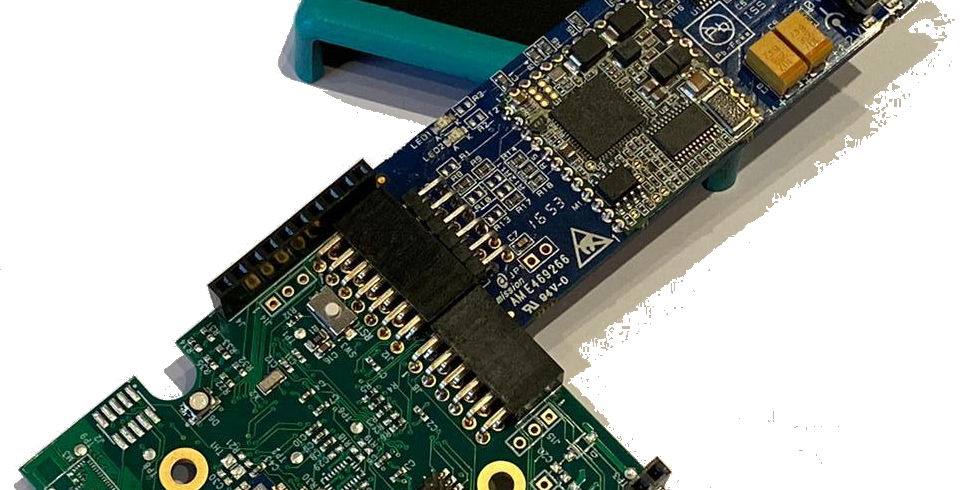BLOG
Why IoT can fail, and why the c2 platform won’t.
[Sassy_Social_Share]
ARTICLE
Why IoT can fail, and why the c2 development platform won’t.
[Sassy_Social_Share]
Developing with the c2 platform prepares products for scale
Most IoT projects follow the same development journey; Proof of concept, prototype, piloting, and then production with refinements along the way. And most fail – only 26% of companies successfully implement an IoT initiative, and 90% of tech start up’s fail. Why is that? The answer is often due to overspending and lack of funds, slow time to market, and no viable business case.

And whilst agile, iterative approaches to development, such as minimal viable products, have helped improve the journey, there are still many pitfalls along the way. For example, large periods of time are wasted on development and reworks, often stemming from choosing incorrect technologies for scaling. Moreover, many start-ups reported that a lack of expertise set their development back. This leads to non-robust systems or increased costs of getting specialised engineers to develop base-line features. And even after all the development is done, it can still take years to go from prototype to production.
The c2 IoT development platform enables scalable, robust connected products where the development journey starts with the end product in mind. This means that flexibility, scalability, and avoiding redevelopment have been designed into the core of the platform.
With over 350 projects completed, the creators of c2 know how to get products to scale, and every ounce of experience has been put into the platform.
All platform blocks are proven and tested to industry standards, ready for quick deployment into commercial success, with new and exciting technologies being added all the time. The c2 platform is the hardware and software platform that you can take straight to scale-up and production with minimal alterations.
The c2 platform API is written with simplicity in mind and doesn’t require specialist knowledge to use the software and hardware blocks. This means resources aren’t spent on features that add no value to the product, and instead the focus can be kept on the USP of the product.
The modular blocks enable the development of scalable IoT systems quickly. The fully tested software blocks are written in standard C code ready for easy configuration to a unique solution and can sit alongside application current code. The hardware blocks are easily adaptable in form and capability. The modular design means changes in platform and functionality can be made quickly without throwing away designs and code.







